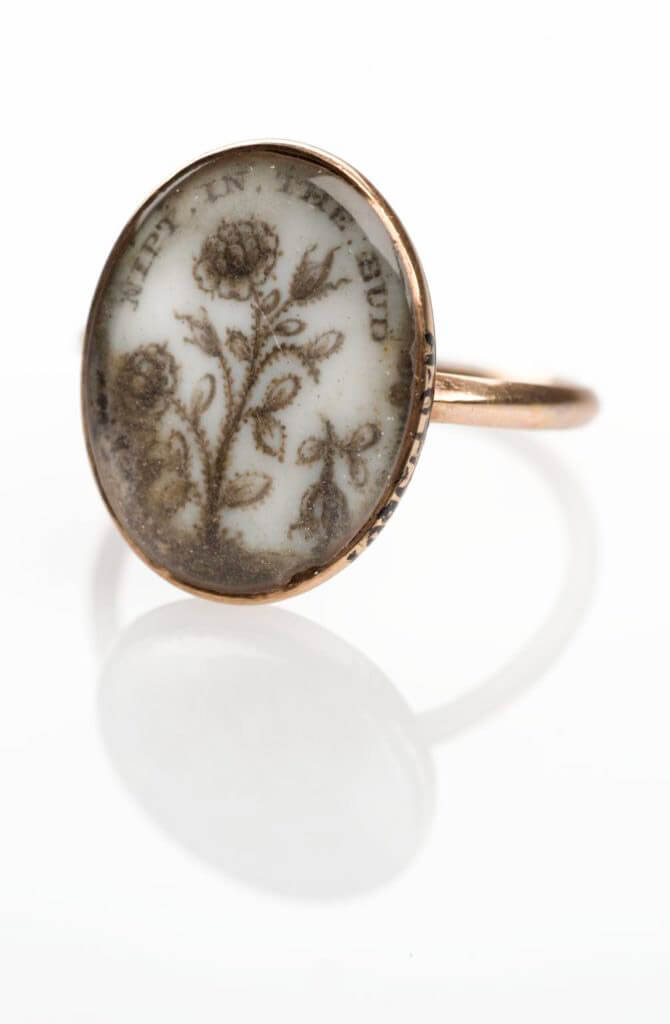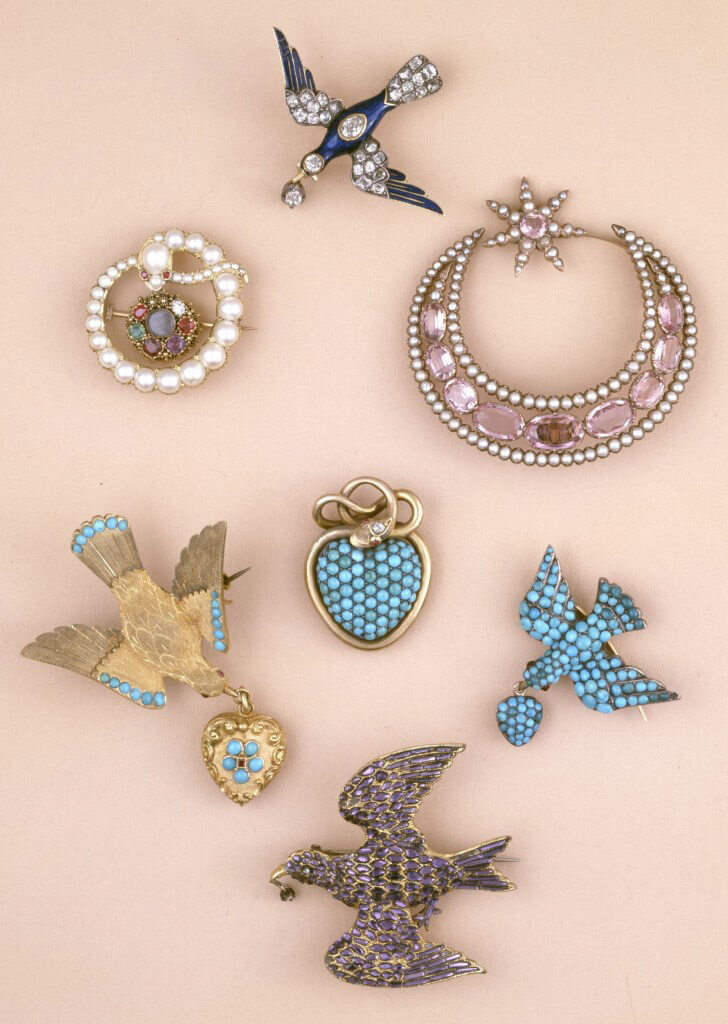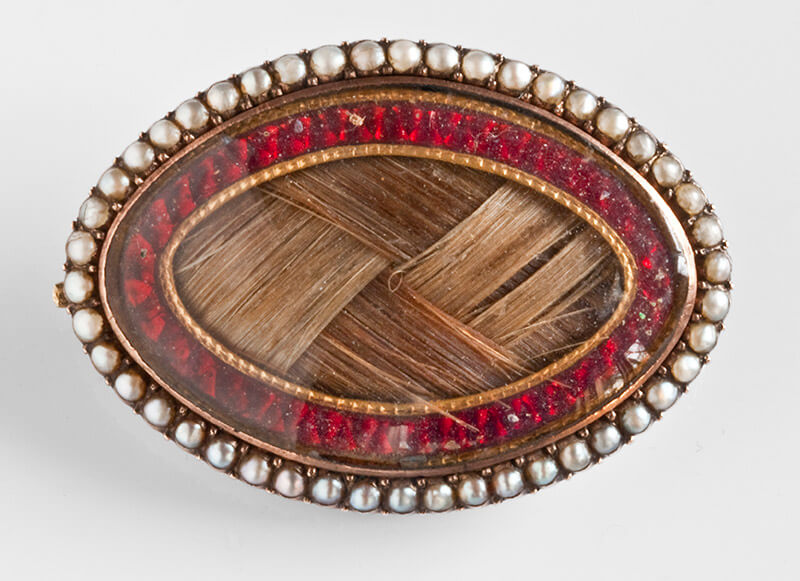Symbolism Meaning: Plants

Symbolism Meaning: Animals
Symbolism Meaning: Objects
Symbolism Meaning: Plants
Symbolism Meaning: Inscriptions
Symbolism Meaning: Gemstones
Acacia: immortality of the soul
Acanthus: heavenly garden. One of the oldest cemetery motifs, acanthus is associated with the rock ground where most ancient Greek cemeteries were placed. It is the most common motif found on memorials.
Anemone, garden: Forsaken.
Almond, flowering: Hope.
Balm: Sympathy.
Bamboo: The emblem of Buddha. The seven-knotted bamboo denotes the seven degrees of initiation and invocation in Buddhism. On Japanese memorials, symbolic of devotion and truthfulness.
Bay leaf: I change but in death.
Bell flower, white: Gratitude.
Bluebell: Constancy.
Broken flower: A life terminated, mortality.
Buttercup: Cheerfulness.
Calla lily: Symbolises marriage.
Campanula: Gratitude.
Carnation, red: Beauty always new
Chrysanthemum: I love.
Clover, white: Think of me.
Clover, four-leaved: Be mine.
Cinquefoil: maternal affection, beloved daughter.
Convolvulus, major: Extinguished hopes or eternal sleep.
Coreopsis, Arkansa: Love at first sight.
Corn (Garbe): It was a country custom to send a sheaf to relatives on the death of a farmer. It may be used as an occupational symbol.
Crocus: Youthful gladness.
Cuckoo Pint: Ardour.
Cypress tree: Designates hope.
Daffodil: Death of youth, desire, art, grace, beauty, deep regard.
Daisy: Innocence of child, Jesus the Infant, youth, the Son righteousness, gentleness, purity of thought.
Daisy, garden: I share your sentiment.
Dead leaves: Sadness, melancholy.
Dogwood: Christianity, divine sacrifice, triumph of eternal life, resurrection.
Fern: Sincerity, sorrow.
Figs, Pineapples: Prosperity, eternal life.
Fleur-de-lis: Flame, passion, ardour, mother.
Flower: frailty of life.
Forget-me-not: Remembrance / true love.
Furze or Gorse: Enduring affection.
Grapes: represent Christ.
Grapes and leaves: Christian faith.
Harebell: Grief.
Hawthorn: Hope, merriness, springtime.
Heartsease or Pansy: I am always thinking of you.
Holly: Foresight.
Honeysuckle: Bonds of love, generosity and devoted affection.
Honesty: Sincerity.
Ivy: Memory, immortality, friendship, fidelity, faithfulness, undying affection, eternal life, marriage.
Jonquil: “I hope for a return of affection.”
Lalla: Beauty, marriage.
Laurel leaves: Special achievement, distinction, success, triumph.
Lily: Majesty, innocence, purity, and resurrection. Often associated with the Virgin Mary and resurrection. Often used on women’s graves. The use of lilies at funerals symbolizes the restored innocence of the soul at death.
Lily of the valley: Return of happiness, purity, humility.
Marigold: Grief or despair.
Morning glory: Resurrection, mourning, youth, farewell, brevity of life, departure, mortality.
Mystic rose: Mother.
Oak tree: Hospitality, stability, strength, honour, eternity, endurance, liberty. It is believed to have been the tree from which Jesus Christ’s cross was made. In smaller pioneer cemeteries, it is common to place children’s graves near oak trees. The oak tree was the tree of life in pre-Christian times. The Druids worshipped the oak. The oak, oak leaves and acorn can stand for power, authority or victory. Often seen on military tombs.
Passion flower: The elements of the passion of Christ: the lacy crown; the crown of thorns; the five stamens; the five wounds; the 10 petals; the 10 faithful Apostles
Pears: Affection.
Pineapple: Hospitality, good host.
Palm: Spiritual victory, success, eternal peace, a symbol of Christ’s victory of death as associated with Easter.
Pansy: Symbolises remembrance and humility.
Pine: Fertility, regeneration, fidelity.
Poppy: Peace, rest, sleep, eternal sleep, consolation (red poppies).
Rose: Love, beauty, hope, unfailing love, associated with the Virgin Mary, the “rose without thorns.” There were many verities of rose, each with a special meaning, eg. A cabbage rose was ‘an ambassador of love’ and a white rose ‘I am worthy of you’. Also on commemorative pieces as the symbol of England. A red rose symbolizes martyrdom and a white rose symbolizes purity and virginity. Whether the rose is a bud, flower or somewhere in between indicates how old the person was at the time of death:
Just a bud: Normally a child 12 or under.
Partial bloom: Normally a teenager.
Full bloom: Normally in early/mid twenties. The deceased died in the prime of life.
Rosebud, broken: Life cut short, usually found with a young person’s grave.
Rosebuds, joining: Strong bond between two people (e.g., mother and child who died at the same time)
Rosebuds, several on same branch: Secrecy
Rosette: The Lord, messianic hope, promise, love.
Wreath of Rose: Beauty and virtue rewarded.
Rosemary: Remembrance.
Sage: Domestic virtue.
Shamrock: Light-heartedness. Also on jewellery as the national symbol of Ireland, sometimes with an Irish harp.
Snowdrop: Hope.
Star of Bethlehem: Purity.
Sweet William: Gallantry.
Thistle: Earthly sorrow, Christ’s crown of thorns, Scotland as country of origin.
Tree: The all-covering love of Christ. Life, the Tree of Life.
Severed branch: Mortality
Sprouting: Life everlasting.
Tulip, red: Declaration of love.
Violet, blue: Faithfulness.
Vine: The sacraments, God’s blood, God.
Weeping willow: Nature’s lament, a symbol of sorrow and mourning.
Wheat: Resurrection, bread and wine (Christian), fertility / Riches of the continuation of life.
Bushel: Body of Christ
Sheaves: The divine harvest, often represents the aged.
White lily: Purity and modesty.
Wreath or garland: The use of garlands, wreaths and festoons dates back to ancient Greek times and it was adopted into the Christian religion as a symbol of the victory of the redemption.
The laurel wreath is usually associated with someone who has attained distinction in the arts, literature, athletics or the military. The ivy wreath is symbolic of conviviality (gaiety or joviality). The wreath and festoon together symbolise memory.
Ancient symbol of victory. memory, passed to eternal life.
Bridal: may signify the grave of a young bride or groom.
Maiden’s garland: A garland of white paper or linen, embellished with streamers and a single white glove, which was carried at the funerals of unmarried women of blameless reputation. The garlands were hung in the church after the funeral and allowed to decay. Then the pieces would be buried in the graveyard.
Yew tree: sadness, eternal life / sorrow






